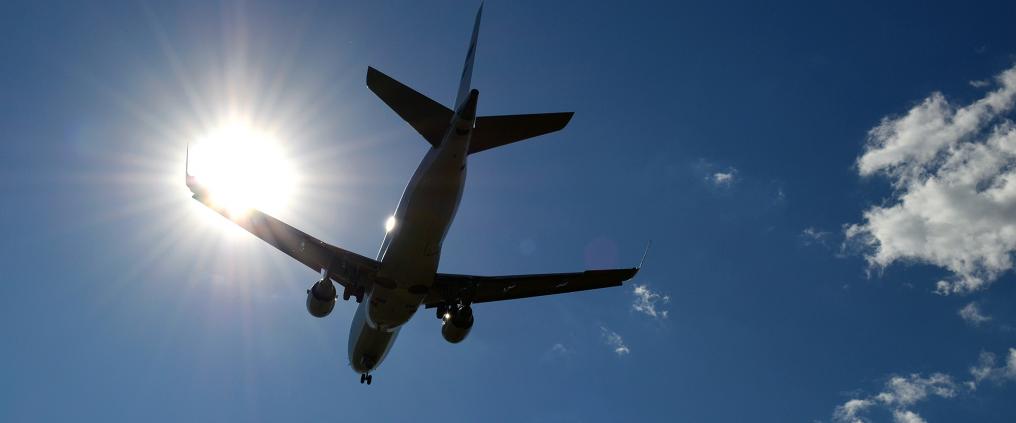Implementing new technology in aircraft design takes time, as ensuring safety is a guiding principle in aviation. In the future, we are likely to see a pilotless and windowless passenger plane that will probably fly faster than today’s aircraft. Jussi Aaltonen, PhD, Aircraft Technology, from Tampere University shares his insights on the future of plane development.
1. Pilotless planes are coming
The very first fully autonomous flight took place in the 1990s and pilotless planes fly around the world all the time. These are not, however, passenger flights.
“The technology for pilotless passenger flights already exists, but both aviation regulations and psychological factors will slow down implementation. I’d venture to say that it’ll take until the 2030s before society is ready for this kind of shift,” Aaltonen says.
He compares aviation to railway traffic, where driverless vehicles were taken into use a few decades after it was technologically possible.
According to Aaltonen, the most significant benefit of pilotless flights will not be reduced labor costs but increased safety. If designed correctly, automated planes will eliminate the possibility of human error. In the latest models of passenger planes, a great deal of routine tasks are already being handled by automation.
“The risk for human error causing hazardous situations is always there, for example, in Central Europe or the United States when the airspace is congested. Accidents do still take place even though most are close shaves.”
2. Across the Atlantic in under 30 minutes
Canadian engineer Charles Bombardier has been developing a supersonic aircraft called Skreemr that could fly over the Atlantic in approximately 30 minutes. His latest concept would be even quicker: The Antipode’s wings would be fitted with rocket boosters that could propel the aircraft from London to New York in only 11 minutes.
A supersonic aircraft is a plane that travels faster than the speed of sound, which is a bit over 1,200 kilometers per hour at sea level and slower in higher altitudes. There have been two supersonic passenger planes in commercial use: the Concorde and Tupolev Tu-144.
"There have been attempts to increase flight speed for a long time, and supersonic planes have been developed since the 1950s. So far, it has been too fuel-intensive, however, and thus expensive to fly at supersonic speeds. No one has been able to find a commercially viable solution,” Aaltonen says.
Another problem with supersonic planes is noise. The plane creates a sonic boom as it surpasses the speed of sound. This is something that engineers are also trying to solve.
3. Planes without windows
In the future, planes may have no windows. Windows might be replaced with screens that can show the scenery outside. The change would make aircraft lighter and more fuel-efficient.
“Screens could replace windows, which are an expensive element and need monitoring and maintenance. I believe this change could be implemented very soon, as screen technology is developing at a very fast pace at the moment,” continues Aaltonen.
4. Electric planes are being developed
Using electric power on short-haul flights is under way. In amateur aviation, small electrically powered planes are already becoming popular, but in commercial aviation, the technology is still being developed. The benefit of electric planes is that they are locally emission-free and make less noise.
“At the moment, the development of electric planes is slowed down by the fact that batteries are still too heavy. However, progress is fast in this field as well.”
5. Nuclear power for planes?
Spaniard Oscar Viñals has designed an aircraft concept running on nuclear power called “The Flash Falcon.” The plane would have its own fusion reactor that would produce enough energy for six electric motors. The Falcon could potentially reach a speed of 3,680 kilometers per hour, and travel from London to New York in 2.5 hours.
Nuclear planes have been tested since the 1950s, when the United States and the Soviet Union both tried to develop their own models.
“Back then the idea was acceptable, but the technology wasn’t ready yet. Today we would be technologically advanced enough to realize the idea, but the world is much more reluctant to put nuclear material in the skies. It would probably take centuries before nuclear-powered aircraft could become a reality.
Check out the facts about one of the most-advanced passenger planes our times – the Airbus 380



